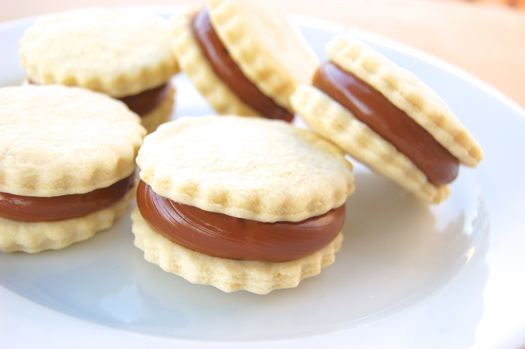Making Pan de Muerto

This is the traditional bread of the Mexican Day of the Dead — Día de Muertos — a celebration that actually encompasses three days: October 31st, November 1st and November 2nd. Together they make up Allhallowtide, a trio of Christian holy days that includes All Hallows’ Eve (Halloween), All Saints’ Day and All Souls’ Day. Of course in Mexico they take on a unique character, blended as they are with pre-Christian traditions and motifs. These sweet and aromatic breads, which resemble little piles of bones, are frequently placed on Day of the Dead altars. Just as often they’re simply consumed with wild abandon.
READ ON
